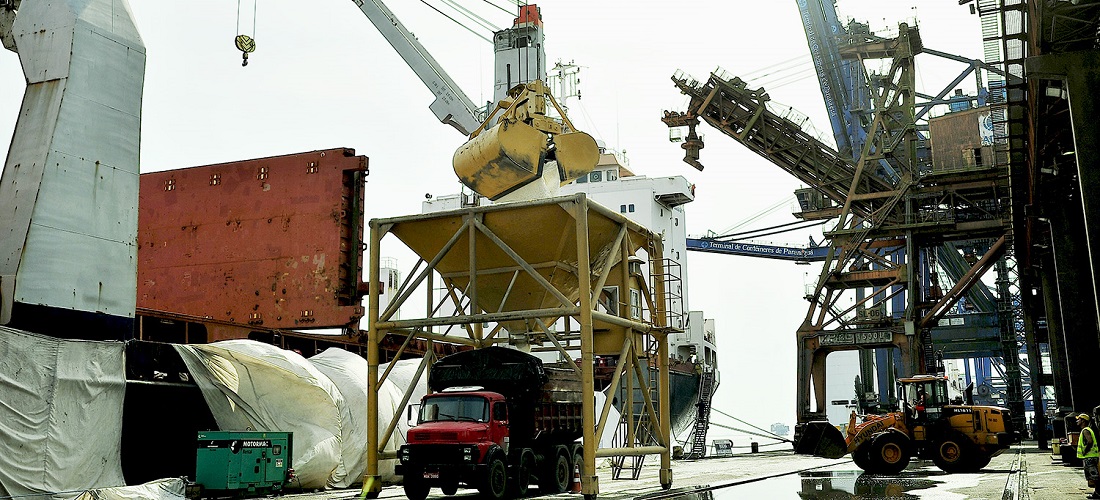
CHANGE IN FEDERAL REVENUE ORDINANCE TO REDUCE BUREAUCRACY ON FERTILIZER IMPORTS
Sep, 09, 2020 Posted by Ruth HollardWeek 202037
On September 2, the Brazilian Federal Revenue Service (RFB) issued Ordinance No. 1974, which changes the customs regime to allow for direct unloading and customs clearance for the import of goods transported in bulk. The measure will have a direct impact on the fertilizer market. Brazil currently consumes 37 million tons of fertilizers. About 76% is imported and needs to pass through customs facilities.
In the first seven months of 2020, a 5.1% growth in imports was recorded as compared to the same period in 2019, as seen in the graph below by DataLiner:
Brazilian Fertilizer Imports | Jan 2017 to July 2020 | WTMT
Source: DataLiner
“Before the ordinance, the importer was obliged to consult the customs terminal several days in advance to see if there was space available onsite for the cargo. Now, this procedure is no longer necessary and the importer has the freedom to choose where he wants to store his cargo,” says Cristiano Kaehler, a specialist in Market Intelligence at Datamar.
The previous RFB Ordinance No. 1282/2012 established the unloading of bulk cargo through customs facilities as a rule. The importer could only choose other spaces if the former were not available. Ordinance No. 1974 provides for the amendment of the RFB Ordinance No. 1282/2012 standard and will make the operation of unloading solid bulk unbureaucratic, allowing fertilizer importers to be free to choose their logistical option, without the obligation to consult the customs facilities.
According to Kaehler, however, the measure is not expected to change the performance of major players in the sector who will continue to use partner customs terminals but will give more flexibility to small and medium-sized companies. “The smaller ones will gain agility in unloading their cargo, in addition to freedom of choice of operating berths. A reduction in the bureaucracy involved is expected, but, in practice, there should not be many changes for the major trading companies in the market that have well-structured storage logistics ”.
In the period from January to July 2020, the main ports in the country that received imported fertilizer were Paranaguá and Santos, which together are responsible for unloading more than 50% of the imported volume, according to DataLiner data. Rio Grande Port occupies the third position, as can be seen in the graph below:
Main Brazilian Ports that Import Fertilizer | Jan to July 2020 | WTMT
Source: DataLiner
The main origins of the imported fertilizer are, in order, Russia, Canada, Morocco, the United States and Lithuania. Check the chart below:
Main Originating Countries of Brazilian Fertilizer Imports | Jan to July 2020 | WTMT
Source: DataLiner
(To order a DataLiner demo click here)
To access the ordinance, click here
-
Economy
Aug, 04, 2020
0
East Coast South American container imports nose dive in first half
-
Ores
Jun, 19, 2019
0
Vale plans to build new railroad and port in Pará
-
Meat
Jan, 31, 2023
0
Minerva Foods buys Uruguay’s BPU Meat for USD 40 mln
-
Meat
Jul, 29, 2022
0
Animal protein association cuts chicken output forecast for 2022



